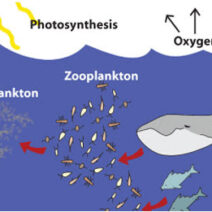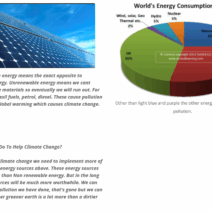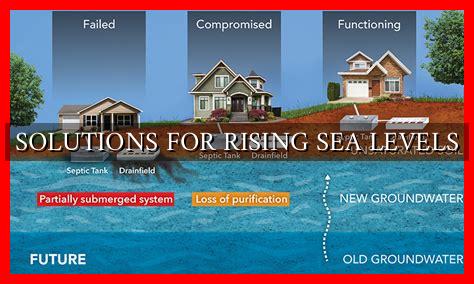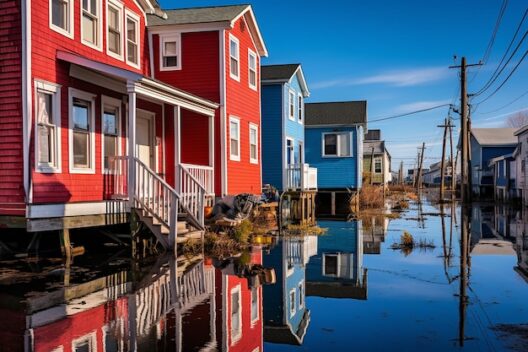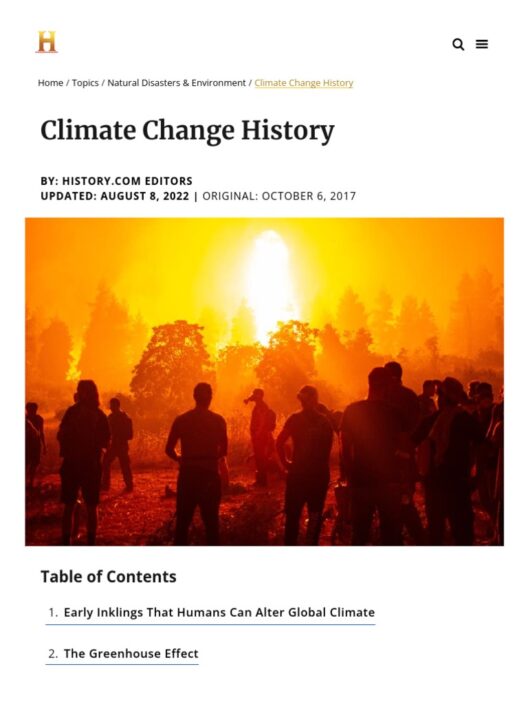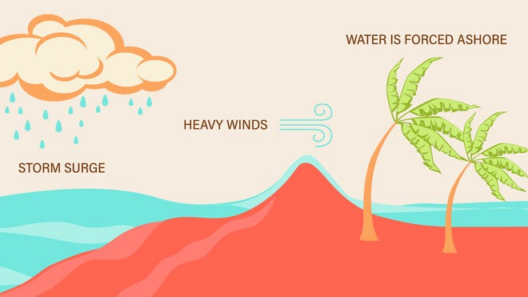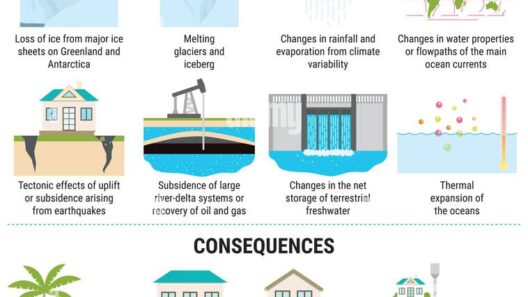Rising sea levels, akin to a slow-moving tide that threatens to engulf our coastal sanctuaries, manifest the glaring consequences of climate change. As glaciers melt and oceans expand, communities and ecosystems brace themselves for significant transformations. To mitigate this daunting dilemma, progressive solutions must rise to the occasion, fortifying our resilience against the inexorable ascent of ocean levels.
Addressing rising sea levels requires multifaceted strategies that incorporate innovation, infrastructure adjustments, and environmental stewardship. Let us explore the array of solutions poised to minimize ocean encroachment.
Embracing Nature-Based Solutions
Foremost among our arsenal of strategies is the meticulous harnessing of nature itself. Nature-based solutions, characterized by the enhancement and restoration of natural ecosystems, have garnered attention for their intrinsic ability to buffer against the impact of rising seas. Think of coastal mangroves and wetlands as nature’s bulwarks, offering both a defensive and restorative mechanism.
These verdant ecosystems provide invaluable services. They absorb storm surges, mitigate shoreline erosion, and improve water quality, all while becoming critical habitats for diverse flora and fauna. Initiatives to restore these habitats bolster their efficacy, allowing them to flourish and serve their purpose with unprecedented vigor. Investing in the revival of mangrove forests not only curtails the ravaging effects of sea-level rise but also sequesters carbon, thus addressing the root causes of climate change.
Urban Planning: Resilient Infrastructure
As urban areas expand, so too must our architectural sensibilities. The implementation of resilient infrastructure is paramount in our quest to combat rising sea levels. Architects and city planners are beginning to design with foresight, where elevated structures and flood-resistant materials are the new norm. Picture cities as fortified bastions, where elevated promenades and flood barriers stand guard against the relentless waves.
Incorporating green roofs and permeable pavements not only enhances aesthetic appeal but also aids in stormwater management. Modernized drainage systems—capable of efficiently redirecting excess water—must become a staple of urban design. Moreover, zoning laws should prioritize sustainable practices, advocating for a reduction in development in vulnerable coastal zones. The synergy of human ingenuity with sustainable practices will be the keystone in the architecture of resilience.
Policy and Governance: A Collective Approach
Undoubtedly, addressing the deluge demands a concerted effort at the governance level. Policies and regulations must align with scientific recommendations to create a robust framework for adaptation. Implementing comprehensive climate action plans that secure funding for resilience projects is imperative. The vision must extend beyond the horizon, as foresighted governance channels resources toward sustainable practices while addressing socio-economic disparities.
International collaboration becomes the lifeblood of effective policy-making. Coastal nations must engage in dialogues that foster the sharing of technological advancements, innovative practices, and financial resources. Global treaties that emphasize climate equity can precipitate a more urgent response to the rising tide. This collective responsibility can mirror a lighthouse guiding ships away from the rocky shores of irresponsibility. At the heart of this governance is community engagement—citizens must have a voice in decisions that shape their environments. Grassroots movements can catalyze change, empowering individuals to advocate for climate-friendly initiatives locally.
Technological Innovations: The Digital Vanguard
Technological innovations can be likened to a double-edged sword; they represent both our greatest opportunity and our most profound peril. Advanced technologies can serve as formidable allies in the struggle against rising sea levels. Predictive modeling and geospatial analytics have opened new frontiers in understanding the intricate dynamics of oceanic behavior. By harnessing data, communities can anticipate rising risks and implement adaptive measures before disaster strikes.
Furthermore, innovative materials such as self-healing concrete and sea-blocking barriers offer promising avenues to bolster defenses against water encroachment. The rise of floating architecture is also revolutionizing our approach to coastal living, allowing communities to remain above rising waters while preserving their existence. Think of these structures as modern-day castles, elegantly bobbing on the water as guardians of human ingenuity.
Community Engagement: Empowering the Grassroots
Finally, the success of these solutions hinges upon informed and engaged communities. Promoting climate literacy allows individuals to comprehend the implications of rising sea levels and galvanizes them into action. Educational campaigns should illuminate the pathways for personal and collective responsibility, encouraging eco-conscious behavior such as reduced carbon footprints and sustainable consumption practices.
Workshops and community forums can catalyze collaboration, where citizens can convey their concerns and collectively brainstorm innovative local solutions. The artillery of grassroots activism can assert itself as a formidable force, advocating for local environmental policies and demanding accountability from industries contributing to climate degradation. Together, communities can weave an intricate tapestry of resilience, fortifying each household and each shoreline against the encroaching tide.
In conclusion, combating rising sea levels indeed resembles a Herculean odyssey, yet it is not insurmountable. A combination of nature-based solutions, resilient urban infrastructure, informed policy, groundbreaking technology, and community engagement galvanizes our efforts. With determination and commitment, we can mitigate the impending threats posed by rising oceans. By building harmoniously with nature, we can navigate these turbulent waters toward a brighter, more sustainable future.
